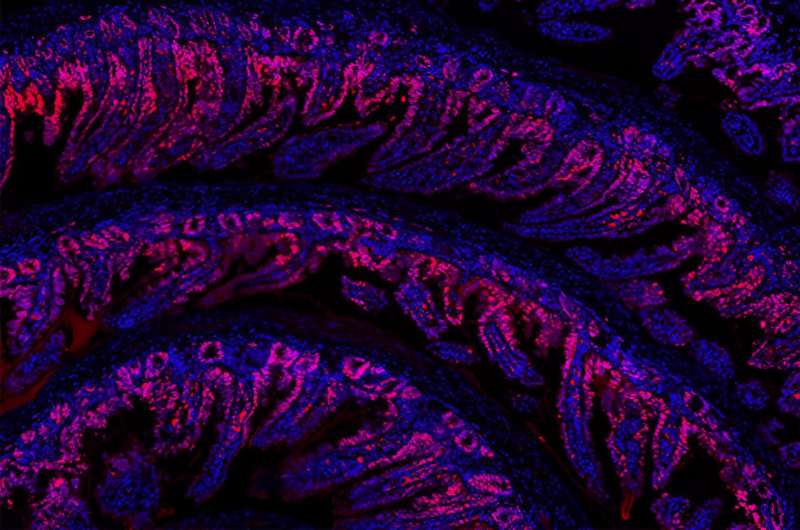This article has been reviewed according to Science X's editorial process and policies. Editors have highlighted the following attributes while ensuring the content's credibility:
fact-checked
peer-reviewed publication
trusted source
proofread
New small molecule helps scientists study regeneration

Regenerating damaged tissues or organs has been a dream of scientists for decades. Now, researchers at the FMI and Novartis Biomedical Research have discovered a new molecule that activates a protein involved in regeneration. The tool holds promise for advancing our understanding of how organisms repair damaged tissue.
During embryo development and throughout life, specific molecules act as signals that orchestrate cell growth and organ size. One of these molecules—a protein called YAP—not only tells cells to grow and multiply, it is also involved in healing wounds and repairing damaged tissues.
Given YAP's potential for promoting tissue regeneration, scientists at Novartis Biomedical Research sought to manipulate the protein's activity. To do so, they screened many synthetic small molecules and identified one, which they called NIBR-LTSi, that activated YAP.
To investigate how NIBR-LTSi affects tissue regeneration, the researchers teamed up with Clara Baader, a Ph.D. student in the Liberali group at the FMI. The Liberali group has significant expertise in establishing and using 3D models of the mouse gut, known as mouse intestinal organoids. These intestinal organoids accurately mimic the structure and function of the gut epithelium, a tissue that helps the body absorb nutrients from food and preserve the intestinal barrier.
Treating the intestinal organoids with NIBR-LTSi activated YAP and resulted in an increase in cell proliferation. The findings, published in Cell Stem Cell, hint that activating YAP may boost tissue regeneration.
However, as the organoids' regenerative potential increased, the number of mature, functional intestinal cells decreased, the researchers found. In the long run, this side effect may compromise the structure and function of the tissue, Baader cautions.
"The expertise of our lab has been instrumental in understanding the adverse effects, particularly on the intestine, observed with systemic YAP activation," she says.
Although more work is needed before small molecules like NIBR-LTSi can find applications in the clinic, the tool promises to advance our understanding of tissue regeneration by allowing scientists to target YAP in multiple experimental settings.
More information: Kenji Namoto et al, NIBR-LTSi is a selective LATS kinase inhibitor activating YAP signaling and expanding tissue stem cells in vitro and in vivo, Cell Stem Cell (2024). DOI: 10.1016/j.stem.2024.03.003
Journal information: Cell Stem Cell





















